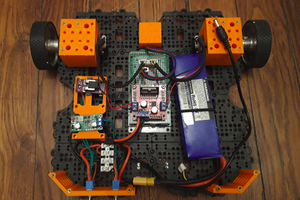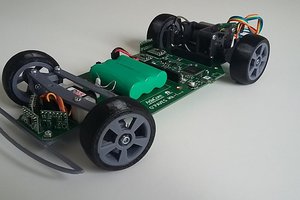Started as a school project from years ago that I can't put away. Currently looking at using a different MCU to make it tick.
Seek_r
Seek_r is an autonomous rover designed for exploration. Fitted with a number of sensors, can navigate spaces & react to the things it finds.
 Dev Joshi
Dev Joshi









 matop
matop
 Marcos
Marcos
 AdaCore
AdaCore